Puerto Rico is not an island
This United States unincorporated territory home to 3.3 million residents is often referred to as such, but in fact, Puerto Rico is not an island. It is an archipelago, or island chain, composed of over 143 islands, cays, islets and atolls. Technically speaking, the main island is also called Puerto Rico, but from a geopolitical, practical, and historical perspective, it is important to recognize the other islands, especially Culebra and Vieques. Sometimes called the Spanish Virgin Islands, these islands are permanently inhabited, and have been pivotal to the territory’s evolution into its present geopolitical form.
Despite being American citizens, residents of Puerto Rico cannot vote for the President of the United States, and lack proportional, voting representation in Congress. These facts have been key in the history and development of the territory, which in turn have been directly shaped by events in the two island municipalities off of its east coast: Culebra and Vieques.
A Spanish archipelago
Formally speaking, Puerto Rico did not include the islands off its east coast until the late 1800s. Nonetheless, the relation between the main island and Culebra and Vieques extends back centuries, before American and Spanish control. Scant records exist of the era prior to colonization by Spain, but we do know enough of when Puerto Rico existed as, what could be described as, a theocratic monarchy called Boriken. Back then, the Taíno people inhabited the islands of Puerto Rico and Vieques, while the Carib people inhabited Culebra.
Historically speaking, these two cultures were enemies, but once the Spanish arrived and began colonizing the area, Taíno chiefs leading a rebellion against the Spanish sought refuge in the neighboring islands. The Spanish quelled the rebellion in Puerto Rico, and Culebra was even abandoned for a few centuries. However, the relationship between islands and their inhabitants foreshadowed the small islands’ future key role in Puerto Rico’s history, from a military and geopolitical context.
American islands
Fast-forward to the Spanish-American War of 1898, and with Spain’s defeat before the United States, Puerto Rico was ceded, along with Culebra and Vieques, to the Americans. With the political and economic changes that followed, the small islands served as microcosms of Puerto Rico’s continuing colonial situation.
Prior to World War II, the US Navy began using Culebra as a gunnery and bombing practice range. This situation lasted for decades, until the Navy-Culebra protests began in 1971. A proposal by the armed forces to completely buy out the islands of Culebra and relocate all residents was rejected, which touched off a struggle to end the bombings. The result was the removal of the Navy from Culebra in 1975. This victory however, was short lived, as the Navy simply consolidated its operations and bombing practices in the island of Vieques.
The use of Vieques as a bombing range continued on for decades, when in 1999, a Vieques resident and Navy civilian employee named David Sanes Rodriguez was killed when military ordnance was dropped too close to his security post. The incident sparked protests and civil disobedience acts, which garnered international attention, until the US finally announced it would leave Vieques in 2003.
Microcosms of colonialism
Culebra’s and Vieques’ similar fate under US control encapsulated the greater struggle of Puerto Rico’s lack of political power. Absent voting representation in the federal government, residents in the two small islands found themselves defenseless. They were at the whim of decisions made by a government in which they had no say. Claiming higher disease incidence rates than the rest of Puerto Rico, the plight of these citizens necessitated the mobilization of civic efforts to a degree which may not have been necessary, had these citizens been living in one of the 50 states.
Encampments within the practice grounds, civil disobedience, plus the involvement of international celebrities, and government officials were all necessary for the situation to change. Even members of Congress from Illinois and New York joined in the protests asking for the Navy to leave Vieques.
In both cases, the government in Puerto Rico faced pressure from its population to act, but was ultimately without recourse. Courts consistently maintained that the Navy could make use of the islands, public sentiment and local laws notwithstanding.
Islands without control
By all accounts, Puerto Rico was powerless, being an unincorporated territory with no sovereignty to restrain the federal government. To some, the treatment of locals showcased discriminatory attitudes because of societal and political issues.
The Navy did end up leaving Culebra in 1975 and Vieques in 2003, but only after the Nixon and Bush administrations decided to do so respectively. With no political power to force the issue, the struggle for both Culebra and Vieques saw agreements be ignored and even reversed unilaterally.
Even when considering the full context of the debate on whether to continue using the islands as practice ranges, the isolation between the national and local conversations was evident. In Vieques’ particular case, the decision to have the Navy leave the island was opposed by both conservative and military aligned groups on the mainland US, but also by some Vieques residents, who believed the Navy was essential to their economic well-being. This highlights the insularity between the two discussions, as these groups acted and spoke independent and oblivious to the other, showcasing how decisions affecting Puerto Rico are often made at the national level without the proper context.
Present oblivion
The effects and consequences of Puerto Rico’s territorial status are felt everyday, especially so in matters related to Culebra and Vieques. Debates are still ongoing regarding the true impact of the military exercises on the islands, as are efforts to ensure a proper clean up of the former practice sites. The extent of the bombings is so large, that more than 4 decades after the Navy left Culebra, there are still reports of individuals getting hurt by leftover shells.
As a matter of fact, with the clean up efforts taking so long, to this day Puerto Rico depends on Senators it cannot vote for to pressure the executive branch to prioritize the oft-forgotten islands. Impacted for decades to come from being forced to develop around a strong military presence, both Culebra and Vieques now also reel in the Navy’s absence in areas like tourism, development, and ecological maintenance.
With the military’s departure, the decades-long practice bombing of Vieques stopped, and the island has become one of the more exclusive tourist destinations in the Caribbean.
But the cleanup of the bombing range on an island the Navy once called its “crown jewel” of live-fire training is expected to take another decade, and the mayor of Vieques noted the island of roughly 10,000 people still has no hospital to treat illnesses ranging from cancer to asthma that local residents blame on military activity.
Mayor Victor Emeric said Vieques is battling an unemployment rate of nearly 20 percent and depends on a crippled ferry system that serves as the primary link to the main island of Puerto Rico.
“Time passed and everyone forgot about us,” said Emeric, who was born and raised in Vieques. “None of the development that we expected has occurred.”
Vieques ponders future 10 years after Navy left, by Danica Coto, Associated Press. May 1, 2013. The San Diego Union-Tribune
The apparent neglect of federal authorities with Puerto Rico is particularly exacerbated in Culebra and Vieques; this exemplified by how more than 8 months after Hurricane Maria struck, the only municipalities of Puerto Rico which remain entirely dependent on power generators for their electricity, are precisely the two islands municipalities.
Puerto Rico is not an island
With a federal government accustomed, and empowered, to exert its will in Puerto Rico, with little to no regard for local sentiment, examining the history and present conditions in the proper context is essential. To that end, Culebra and Vieques present particularly telling examples of the disadvantages and difficulties of the Puerto Rican living condition. Therefore, dismissing their existence, even in passing references to Puerto Rico as an island, both misrepresents reality, and further propels an oversimplified and reductionist idea of the territory and its conditions. These effects might be unintentional, but nonetheless real.
From serving as military bastions for the Taíno, Spanish and American forces, to encapsulating the larger political dilemma of the islands of Puerto Rico, Culebra and Vieques ought to be recognized for their contributions, plight, and current adversities. Because political, legal, and media isolation notwithstanding, Puerto Rico is not an island.

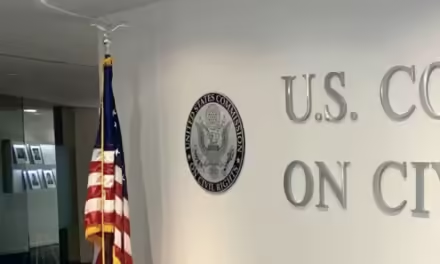
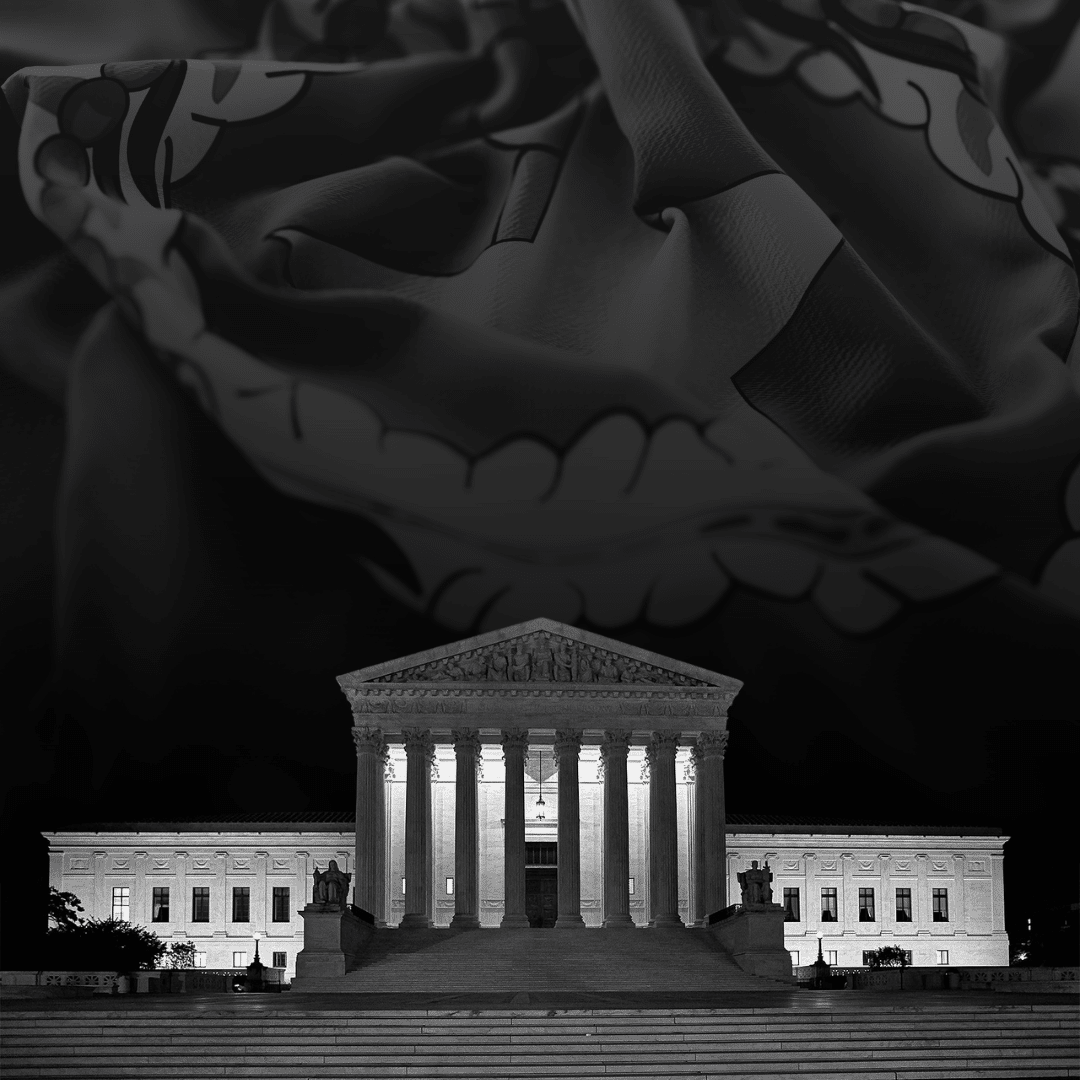

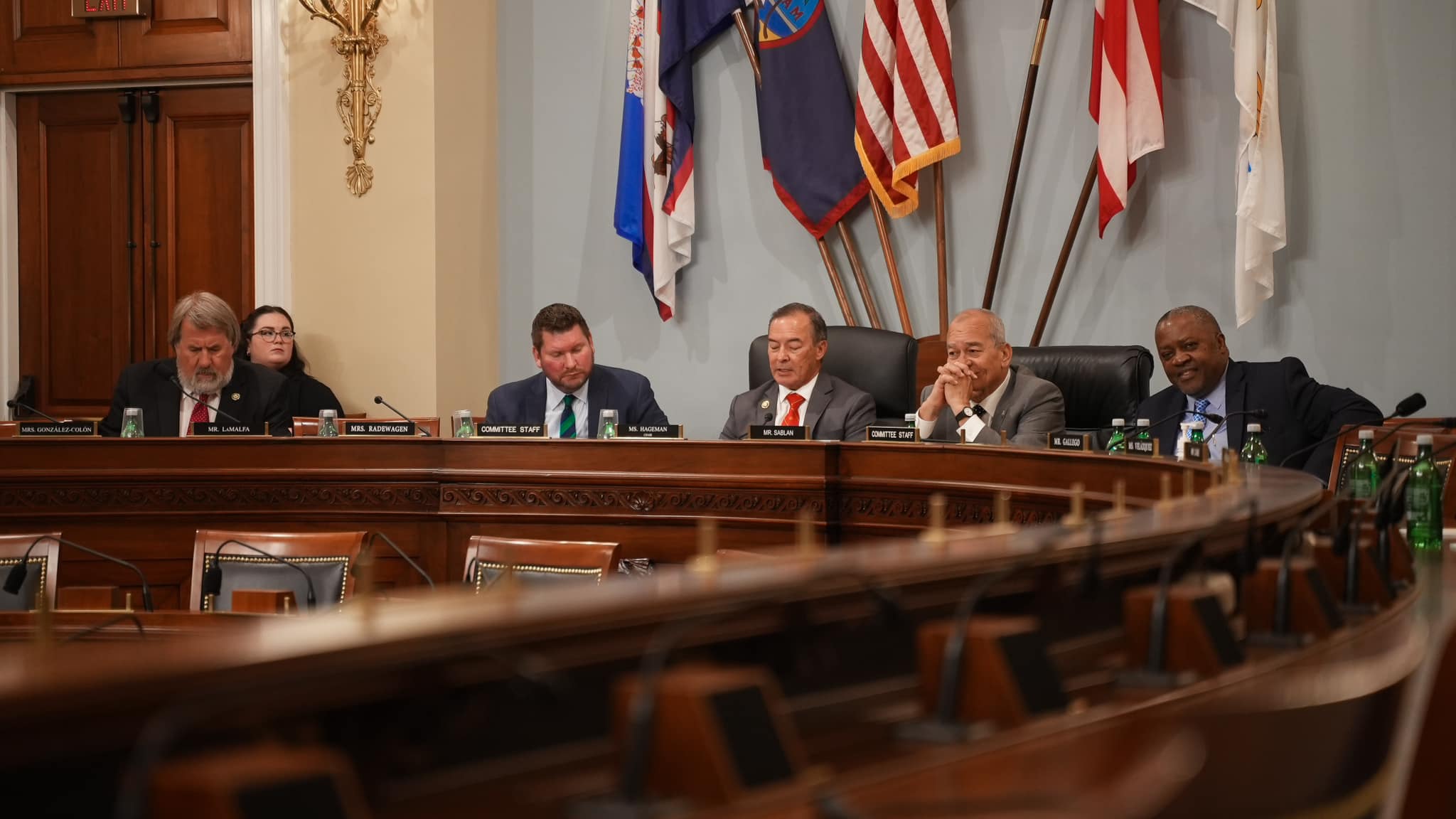
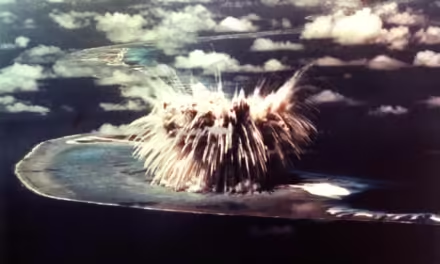
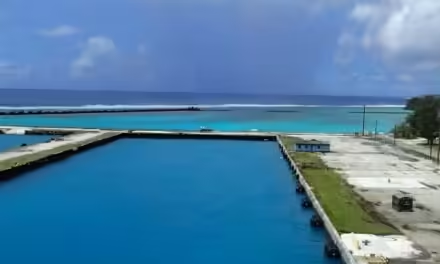


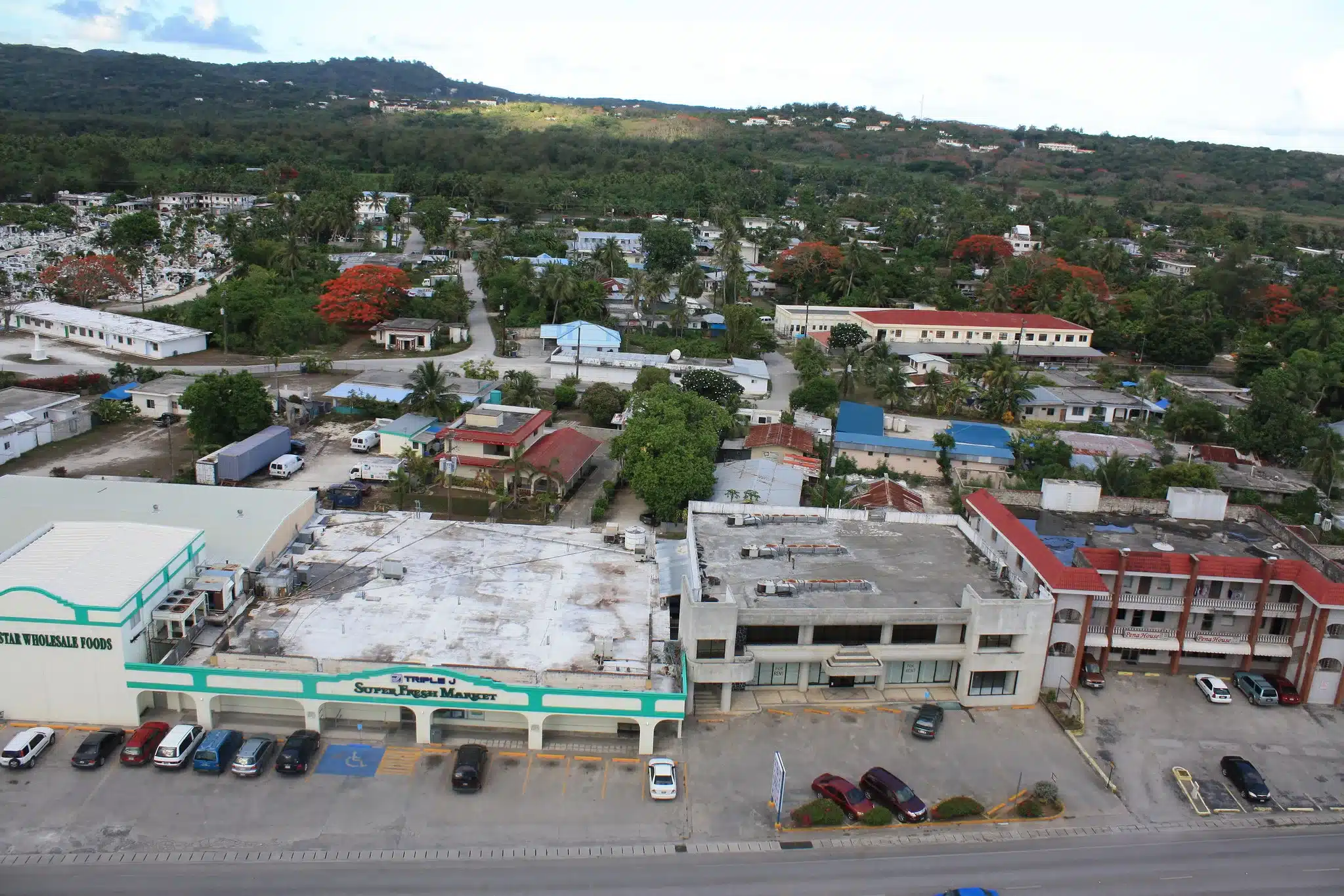

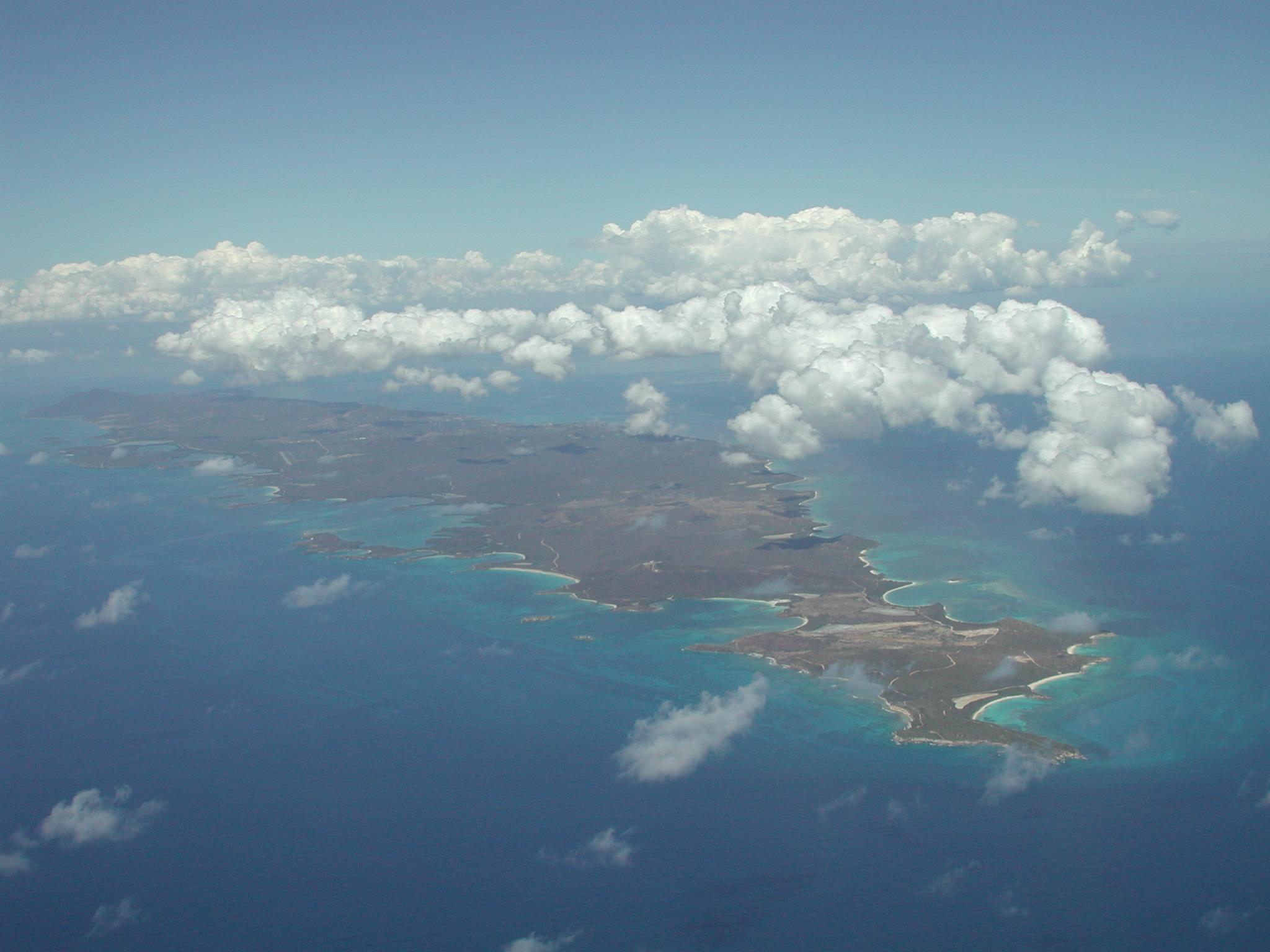
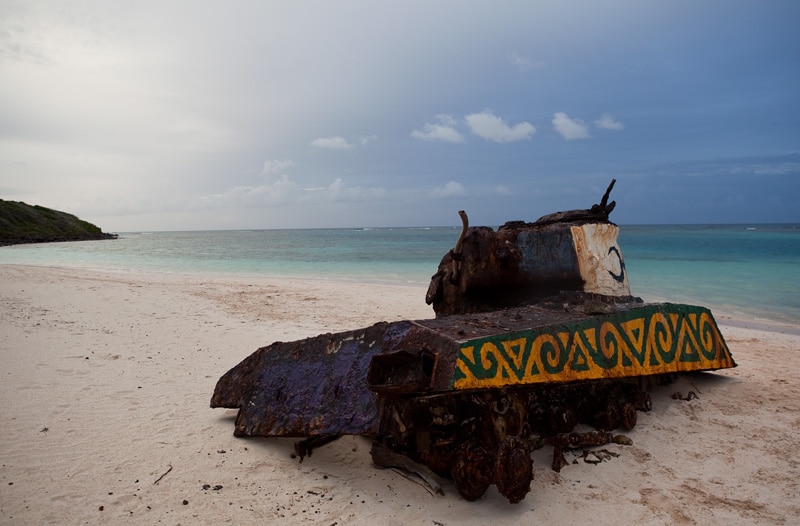
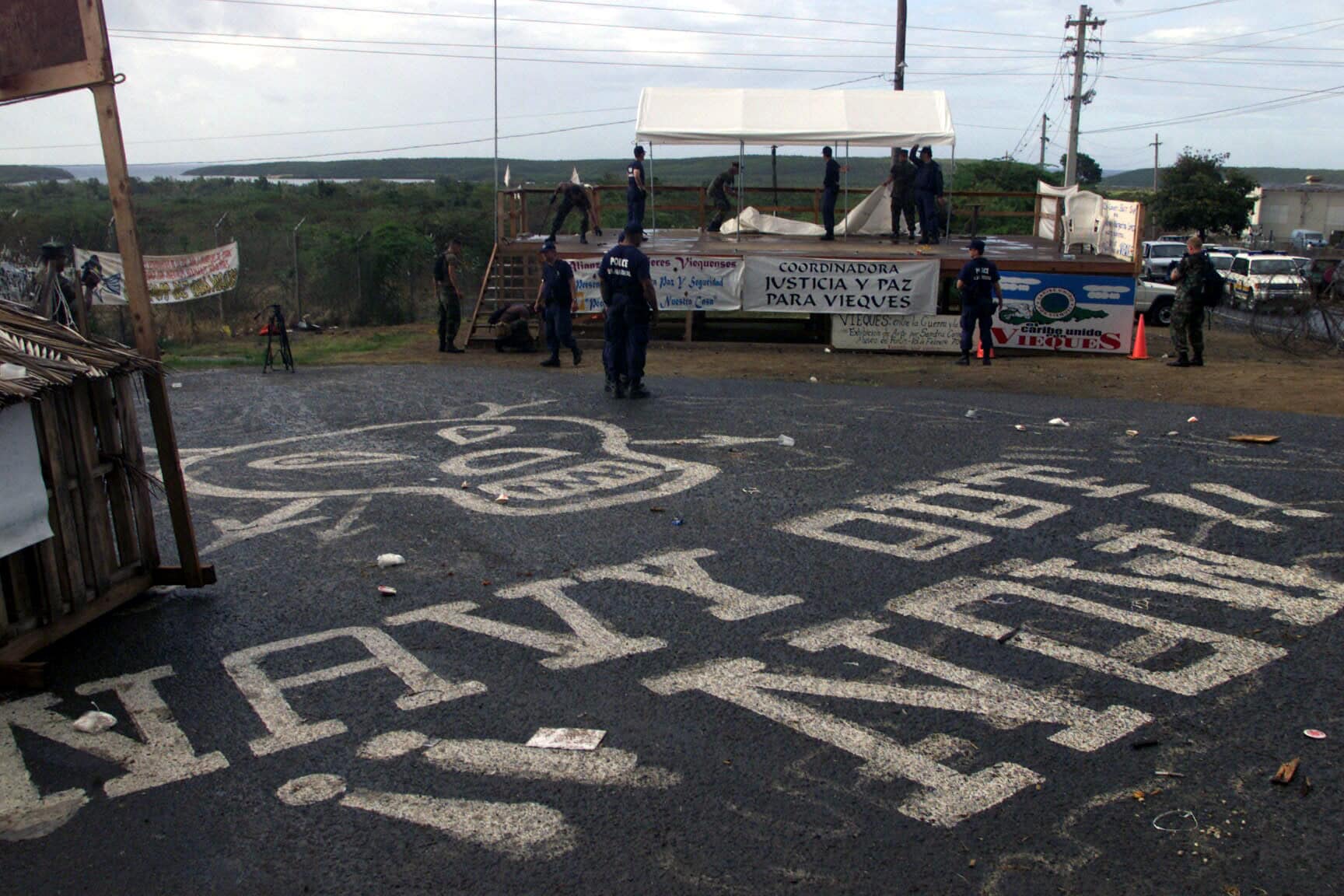
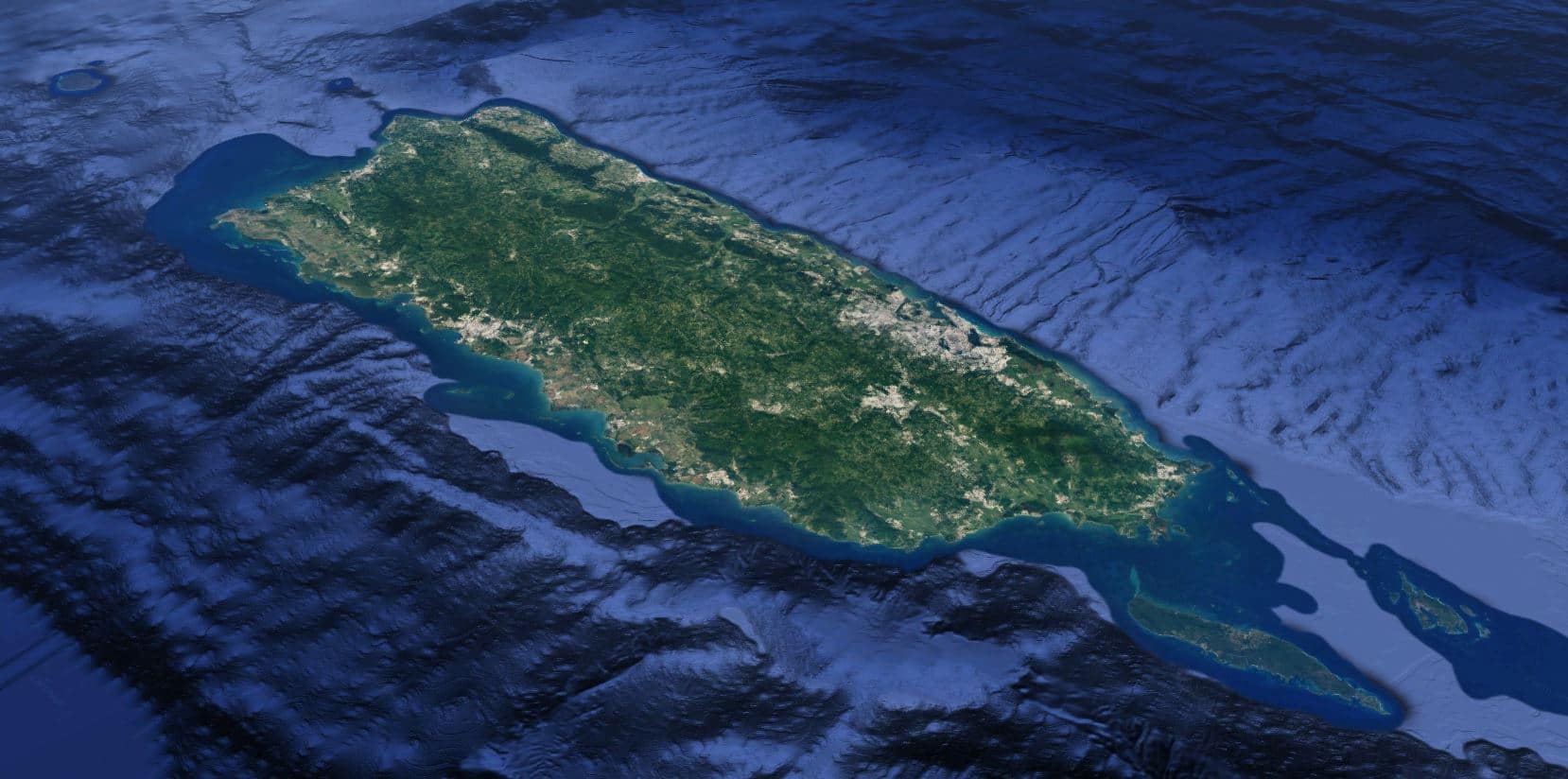


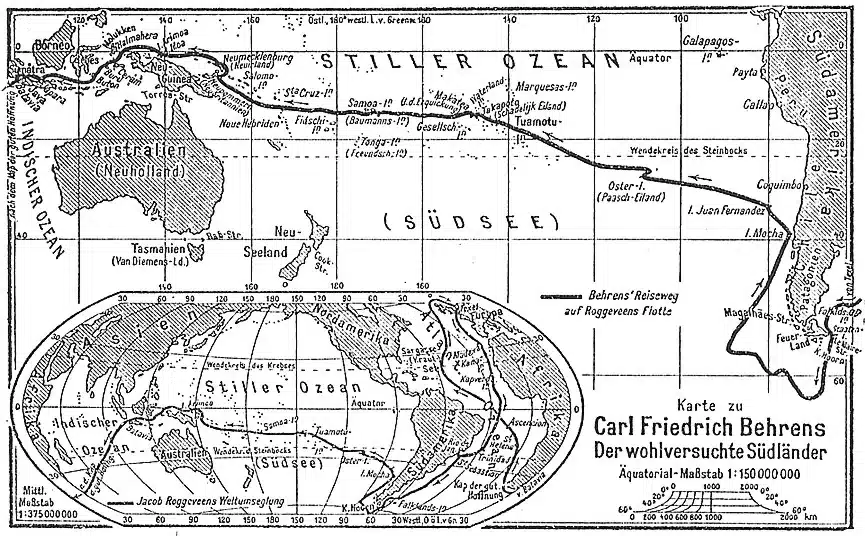

Trackbacks/Pingbacks